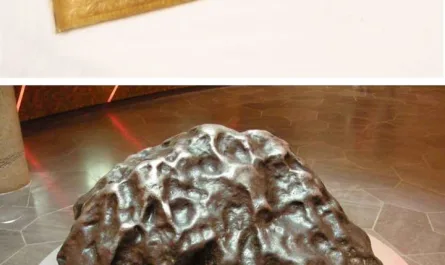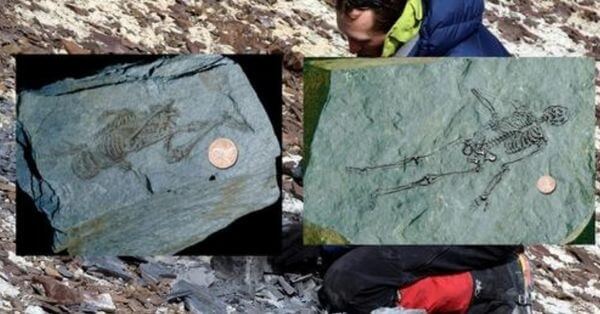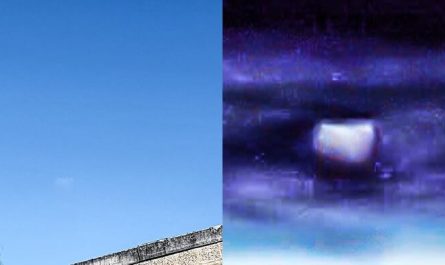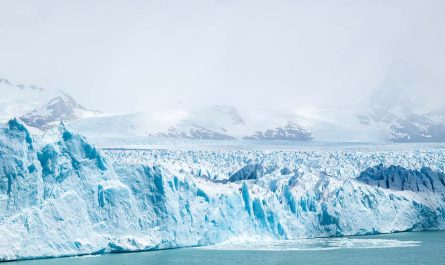Imagine standing in the vast, silent expanse of the Libyan Desert, under a sky that feels impossibly wide. Now, look around you. Instead of endless dunes, you see something extraordinary: geological formations that seem to have fallen from another world. This is the Valley of the Planets, or Wadi Kawakeb in Arabic, a place where Earth’s geology takes on an otherworldly, almost alien, appearance.
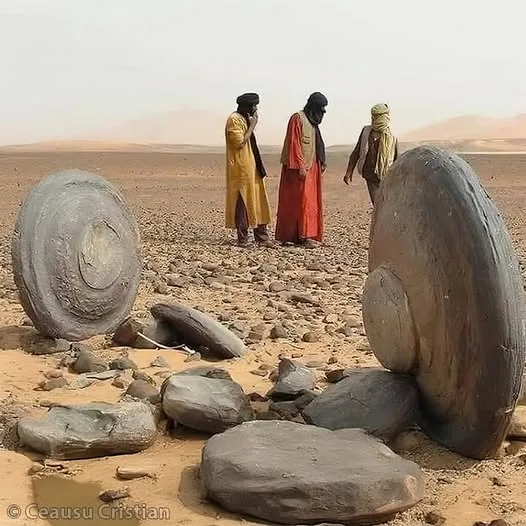
Where Earth Meets the Cosmos
Situated in the heart of one of the world’s most arid and remote regions, Wadi Kawakeb is a hidden gem that challenges our very understanding of geological processes. What makes this site so remarkable are its distinctive rock formations. Carved by millennia of relentless wind, abrasive sand, and possibly the subtle touch of ancient water, these natural sculptures bear an uncanny resemblance to celestial bodies.
Picture this:
- Spherical boulders that look uncannily like planets, some perfectly round, others with textured surfaces mimicking craters and topographical features.
- Flat, disc-shaped rocks that evoke images of flying saucers, seemingly landed amidst the desert vastness, as if left behind by a cosmic visitor.
- Conical structures and mushroom-shaped pillars that stand in stark contrast to the surrounding flat desert, hinting at unique and powerful erosional patterns.
These aren’t just interesting shapes; they present a fascinating challenge to current interpretations of Earth’s geological history. How did these particular formations come to be? While erosion is undoubtedly the primary sculptor, the specificity and sheer scale of these “planetary” and “saucer” shapes suggest a combination of factors that are still not fully understood.
Unraveling Geological Puzzles
Scientists and geologists who have had the rare opportunity to study Wadi Kawakeb are profoundly intrigued. Are these formations the result of:
- Differential erosion on rocks of varying hardness, where softer layers wear away more quickly than resistant ones?
- Specific mineral compositions within the rock that weather in unique, spherical, or disc-like patterns?
- Ancient hydrothermal activity that altered the rock’s structure deep underground, making it more susceptible to certain types of erosion once exposed?
- Could there even be a connection to ancient impact events? While purely speculative without concrete evidence, the “cosmic” resemblance certainly sparks the imagination.
The Valley of the Planets beckons for further exploration and study. Its remote location, coupled with the political complexities of the region, makes extensive research difficult, yet the questions it poses are too compelling to ignore. Understanding its origins and significance could not only shed light on the unique geological history of the Libyan Desert but also offer broader insights into the diverse ways landscapes are sculpted on our own planet.
Wadi Kawakeb is a testament to Earth’s boundless capacity for creating natural wonders that ignite our imagination. It reminds us that even in the most desolate corners of our world, there are mysteries waiting to be unraveled, inviting us to look a little closer and wonder about the incredible forces that shape the ground beneath our feet. This “Valley of the Planets” truly feels like a place where the cosmos has touched down on Earth, leaving behind an awe-inspiring, silent monument.
